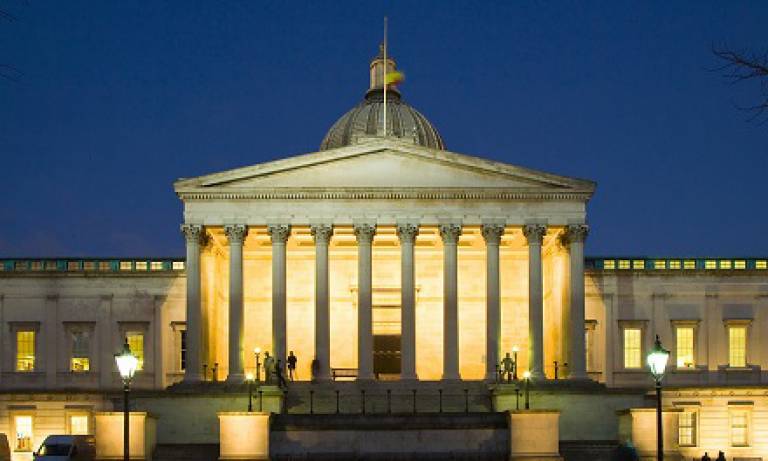From Gauss's mean error to Yule's standard error

To fully appreciate the math we are about to discuss, we must first rewind our clock to 1911. Udny Yule was enrolled into University College London at the young age of 16, where he remained from 1887 to 1890. Among his teachers were Karl Pearson (then Professor of Applied Mathematics), Alexander Kennedy (Professor of Engineering), J. A. Fleming (Professor of Electrical Engineering), J. M. Hill (Professor of Mathematics), C. Foster (Professor of Physics). While Yule was working with Heinrich Hertz in Bonn, Pearson offered him a role as demonstrator at UCL which he accepted, and he occupied this position from 1893 to 1896 (the year he was promoted to Assistant Professor of Applied Mathematics). 1911 is an important year for students of statistics. For one, the world's first statistics department was founded by Karl Pearson (1857 – 1936) in UCL. And two, the world's first statistics textbook was published by Udny Yule (1871 – ...
